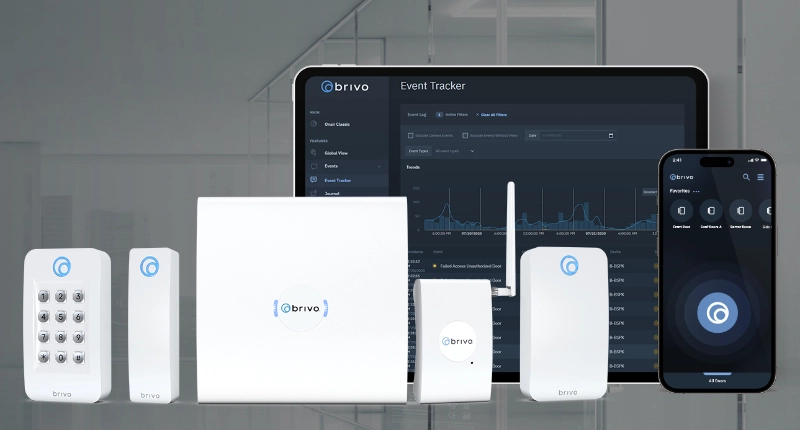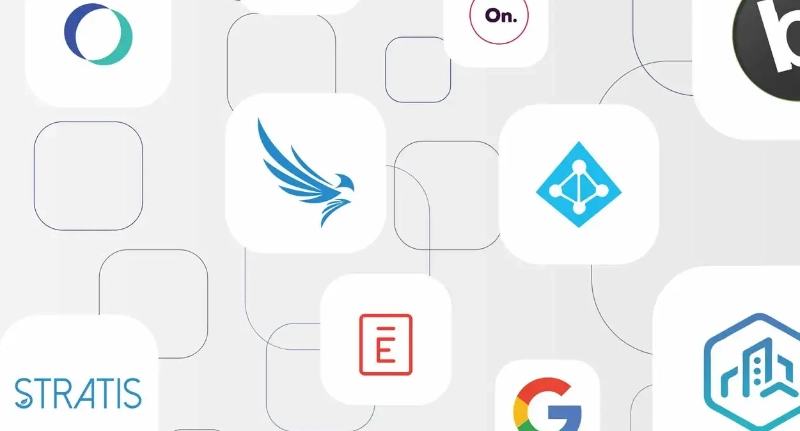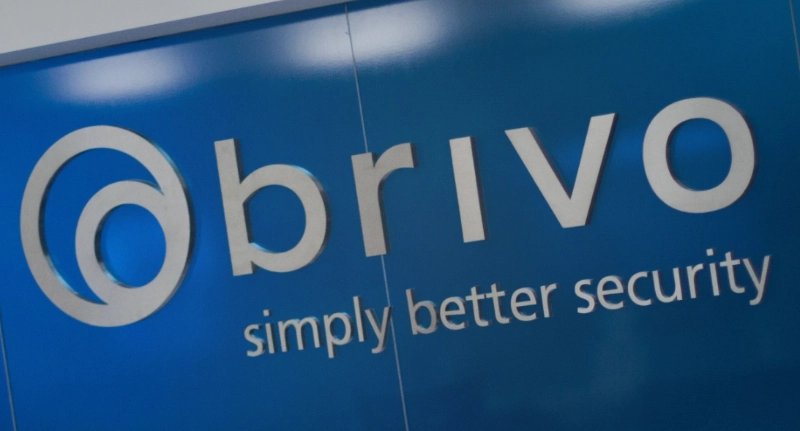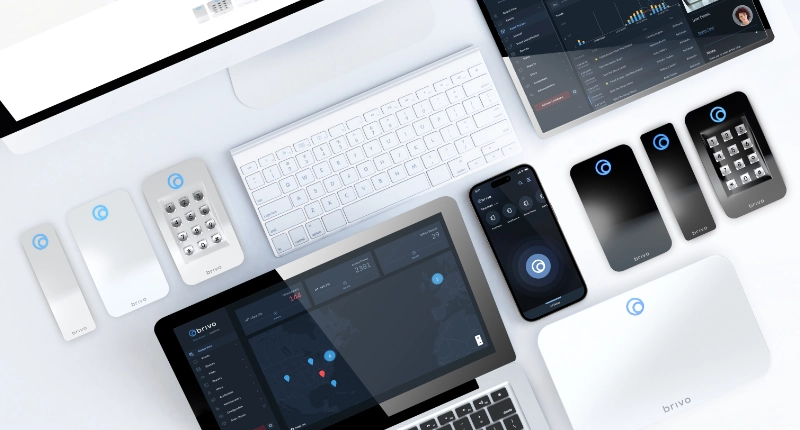Every industry has its lingo. Access control and physical security is no exception. Add the cloud-computing layer, and it can seem like you’re wading in alphabet soup. IAM? SaaS? API? HaaS?
Then there’s access control as a service (ACaaS). The acronym has been around for a few years, but it’s starting to catch on. Put the term into Google, and you’ll get some relevant search results, one of which ponders its “disruptive” nature.
Access Control as a Service could be disruptive in the same way that BYOD and IoT have been. The latter two have caused a ripple effect, spreading from the consumer side to the commercial. Business is no longer the same. Work is done anywhere, at any time. IoT is leading to improved workflow and productivity.
Will ACaaS do the same? It could.
ACaaS defined
ACaaS means “access control as a service.” It’s applying the principles of Software as a Service (SaaS) to access control.
What does that mean for end users? At least seven things:
- Minimal upfront costs
- Monthly subscription fee
- Lower maintenance costs
- Remote support and assistance
- Web browser application that can be accessed anywhere, any time
- Customizability
- Convenient security
ACaaS is no different from SaaS except that the service in question is access control. You pay as you go and only for what you need.
ACaaS versus traditional access control
Traditional, or legacy, access control systems are not inexpensive purchases. They tend to feature large upfront costs as well as bells and whistles, each of which has a corresponding price tag.
Many small businesses don’t need all those offerings, not to mention afford them. But they’re given little choice. If they want access control, they have to pay for the features, even the ones they will never, ever use.
Traditional access control sometimes acts as a monopoly. The software only works with certain equipment, leaving businesses with no choice but to use what the provider recommends. Both the software and hardware typically are on-site, too, increasing the total cost of ownership (TCO).
ACaaS takes a different approach. It often uses an open-platform API, like the one found with Brivo OnAir. That means customers aren’t locked into hardware. In fact, they aren’t locked into much of anything. The software is designed to play well with others, both third-party applications and devices.
ACaaS also is streamlined. It isn’t interested in bells and whistles; those can be added later, if needed. It’s interested in providing the essentials: access control for as few as two doors to as many as the underlying infrastructure can support.
ACaaS demand
Do you remember when Netflix and Blockbuster were duking it out? The scenario is similar to the one playing out with ACaaS and traditional access control. IHS already predicts a winner; they estimate 1.8 million ACaaS doors in the Americas by 2018. That trajectory is steep; in 2013, the number of ACaaS doors was only 80,000.
Other trends are driving the demand. Web-based panels and readers continue to grow in popularity. Businesses with multiple locations are seeking cloud-based solutions in order to centralize operations. Data, too, is a driver. Businesses want access control data so that they can improve not only physical security but also business processes and end-user experiences.
Is ACaaS disruptive? Maybe, maybe not. But it will change the way businesses manage access control. It already is.
Want to learn more about our ACaaS and its benefits to your small business? Contact us today!













